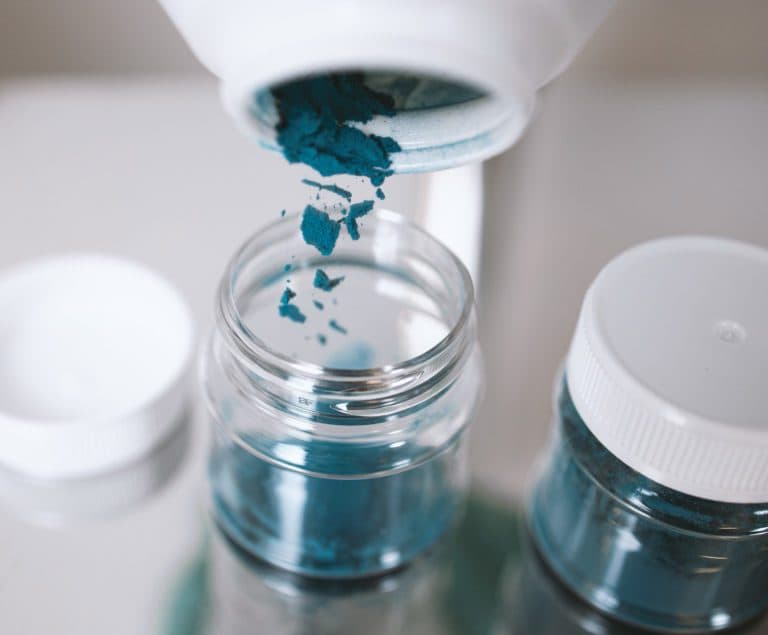In 2016, three researchers at Uppsala University discovered a new, energy-efficient method of synthesizing Fennac®, otherwise known as Prussian white which is part of the Prussian blue analogue family of compounds. The company Altris AB was founded and since then the manufacturing process has developed fast. Production has been scaled up from 4 grams per batch to 10 kg, which provides enough active material for a 5kWh battery. Yields have been boosted by 25 times thanks to a simultaneous effort at streamlining the production efficiency. Together with LiFeSiZE AB, another spin-off company from Uppsala University, Altris developed methods for producing complete functioning sodium-ion battery cells.
“We have manufactured these sodium-ion batteries in the same production equipment and technology that we use for lithium-ion battery manufacturing”, says Professor Josh Tomas, CEO and founder of LiFeSiZE. “Commercial size battery cells with a capacity of 1.3 Ah and with voltage 3.1 Volt have been manufactured”.
“When we came up with the new method to manufacture Fennac® four years ago, which is a well-known cathode material based on cheap and harmless elements, all of which are abundant on earth, we thought it could be the breakthrough for sodium batteries. Now we have optimized the manufacturing process of Fennac® and manufactured complete battery cells at LiFiSiZE. This feels incredibly fun”, says Ronnie Mogensen, one of the founders of Altris AB.
Fennac® contains only one metal (iron). The other elements are sourced from seawater, the air and forests. It enables a battery which is exceptionally sustainable and safe without compromising performance.
“We are thus unique in the market and have the goal of becoming the market leader for stationary batteries. There is near unlimited supply of cheap raw material so we can also stand out in terms of price”, says Adam Dahlquist, CEO, Altris AB.
